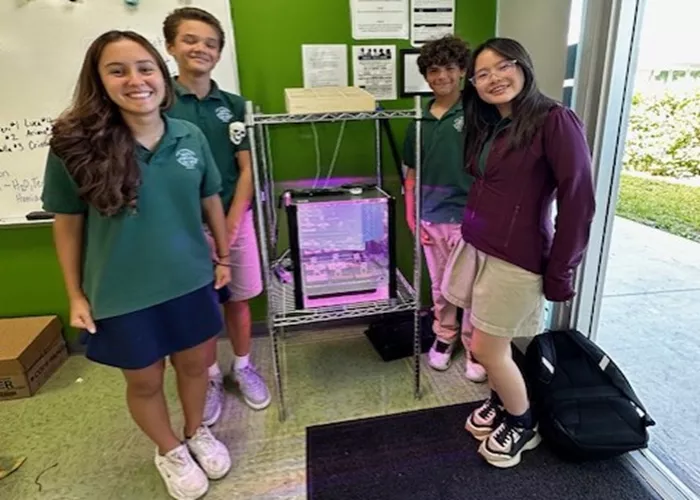Since 2015, students from across the United States have been collaborating with NASA scientists to research growing plants in space. This initiative, part of the Fairchild Tropical Botanic Garden’s Growing Beyond Earth project, aims to develop sustainable food sources for astronauts on long-duration missions. Now in its ninth year, the project involves students in grades 6 through 12 conducting various plant experiments in a specially designed habitat modeled after the Vegetable Production System (VEGGIE) used on the International Space Station.
This year, over 8,000 students from more than 400 schools are participating. They are testing new varieties of edible plants, examining how radiation affects growth, determining the ideal light spectrum for growing larger space radishes, and exploring soil alternatives suitable for cosmic conditions.
NASA’s citizen science projects welcome participation from individuals worldwide, not just U.S. citizens or residents. These initiatives encourage collaboration between scientists and interested members of the public. Through these partnerships, citizen scientists have contributed to thousands of significant discoveries. Over 450 citizen scientists have co-authored peer-reviewed scientific publications.
To learn more about how you can participate in NASA science, visit NASA Citizen Science.
The Growing Beyond Earth project receives funding from NASA under cooperative agreement number 80NSSC22MO125 and is part of NASA’s Science Activation Portfolio. This program connects NASA scientists with community leaders, promoting science education and engaging minds through practical experiences.
Related topics:
- Trained Dogs Join Researchers in Hunt for Rare Plants in Arizona
- Checking for Signs of Drought Stress in Trees and Plants
- Colorado’s Poisonous, Carnivorous, and Strangest Plants


